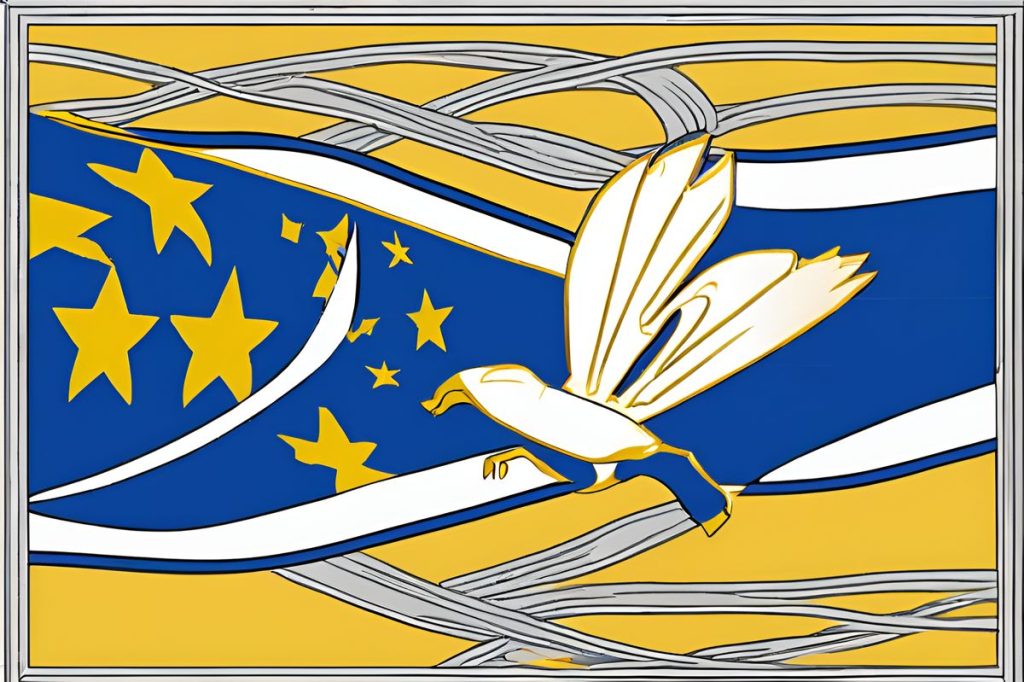EU member states, led by Cyprus, are advocating to reclassify certain areas in Syria as “safe” for refugees to return, aiming to better manage the refugee situation. A conference will be held to encourage the European Commission’s adoption of this new classification. This reflects a larger effort to tackle migration while maintaining humanitarian standards.
What is the EU’s stance on reclassifying Syrian safe areas?
EU member states, led by Cyprus, are advocating to reclassify certain areas in Syria as “safe” for refugees to return, aiming to better manage the refugee situation. A conference will be held to encourage the European Commission’s adoption of this new classification. This reflects a larger effort to tackle migration while maintaining humanitarian standards.
Agreement Among EU Nations
Several European Union member states have aligned with Cyprus in its endeavor to reclassify certain regions in Syria from “unsafe” to “safe.” This move, backed by close to ten EU nations, emerges from a collective effort to address the ongoing refugee situation. Cyprus, taking a step further, plans to convene a conference from May 15-18, aimed at encouraging the European Commission to adopt this new classification. The government’s assertion is clear: these areas in Syria, once deemed dangerous, are now safe for refugees to return to.
Tackling Migration and Ensuring Humanitarian Standards
Cyprus has been actively managing the migrant situation through comprehensive strategies. The recent update from the Cypriot government revealed the island’s stance to halt processing asylum applications from Syrians. With the primary focus on humanitarian aid, Cyprus emphasizes supporting Lebanon while advocating for the safety of Syrian regions. A noteworthy initiative by the Czech Republic, in collaboration with Cyprus, involves a fact-finding mission to Syria to identify these safe zones.
To counter the issue of false claims about the origin of individuals, Cyprus has put in place stringent measures. These measures are designed to verify the authenticity of such claims, reinforcing the integrity of the asylum process. In January, the balance shifted as departures surpassed arrivals, a first for the nation. The majority of asylum seekers were identified as students from African countries, and through international partnerships and local campaigns, Cyprus has made strides in managing the inflow of refugees from sub-Saharan Africa.
Migration Dynamics and Response Strategies
The current refugee situation in Cyprus includes approximately 30,000 Syrian individuals who have sought political asylum. However, due to their origin from a previously unsafe country, they are granted supplementary protection status. This status confers rights, including the ability to work and access to the Minimum Guaranteed Income. Despite being seen as a less attractive destination compared to other EU countries, Cyprus is often chosen by migrants for its more accessible and cost-effective route. Tragically, the dangerous nature of these journeys is underscored by the recent discoveries of deceased migrants along the Cypriot coastline.
The Perilous Journey to Safety
The cost of perilous crossings to reach European shores is high, both in terms of risk and finance. Migrants opt for Cyprus due to the significantly lower cost compared to other routes, which can be as much as double the price. Nevertheless, the dangers are starkly evident, with the Mediterranean Sea claiming lives that are washed ashore on Cyprus. These tragedies serve as a grim reminder of the dire circumstances faced by individuals fleeing conflict and the imperative to establish safe and legal routes for asylum seekers.
What is the EU’s stance on reclassifying Syrian safe areas?
EU member states, led by Cyprus, are advocating to reclassify certain areas in Syria as “safe” for refugees to return, aiming to better manage the refugee situation. A conference will be held to encourage the European Commission’s adoption of this new classification. This reflects a larger effort to tackle migration while maintaining humanitarian standards.
How many EU nations have aligned with Cyprus in reclassifying Syrian safe areas?
Close to ten European Union member states have aligned with Cyprus in its endeavor to reclassify certain regions in Syria from “unsafe” to “safe.” This collective effort aims to address the ongoing refugee situation and provide better management of migration.
What strategies has Cyprus implemented to manage the migrant situation?
Cyprus has halted processing asylum applications from Syrians, focusing on humanitarian aid and supporting Lebanon. The government is advocating for the safety of specific regions in Syria and is working with other EU nations to identify safe zones through initiatives like fact-finding missions. Cyprus has also implemented measures to verify the authenticity of claims and reinforce the integrity of the asylum process.
What challenges do migrants face when choosing Cyprus as a destination?
Migrants choosing Cyprus face the perilous journey of crossing the Mediterranean Sea, with risks to their lives and finances. While Cyprus offers a more accessible and cost-effective route compared to other EU countries, the dangers of the journey are evident, as seen in recent tragic incidents of deceased migrants washing ashore on the Cypriot coastline.

